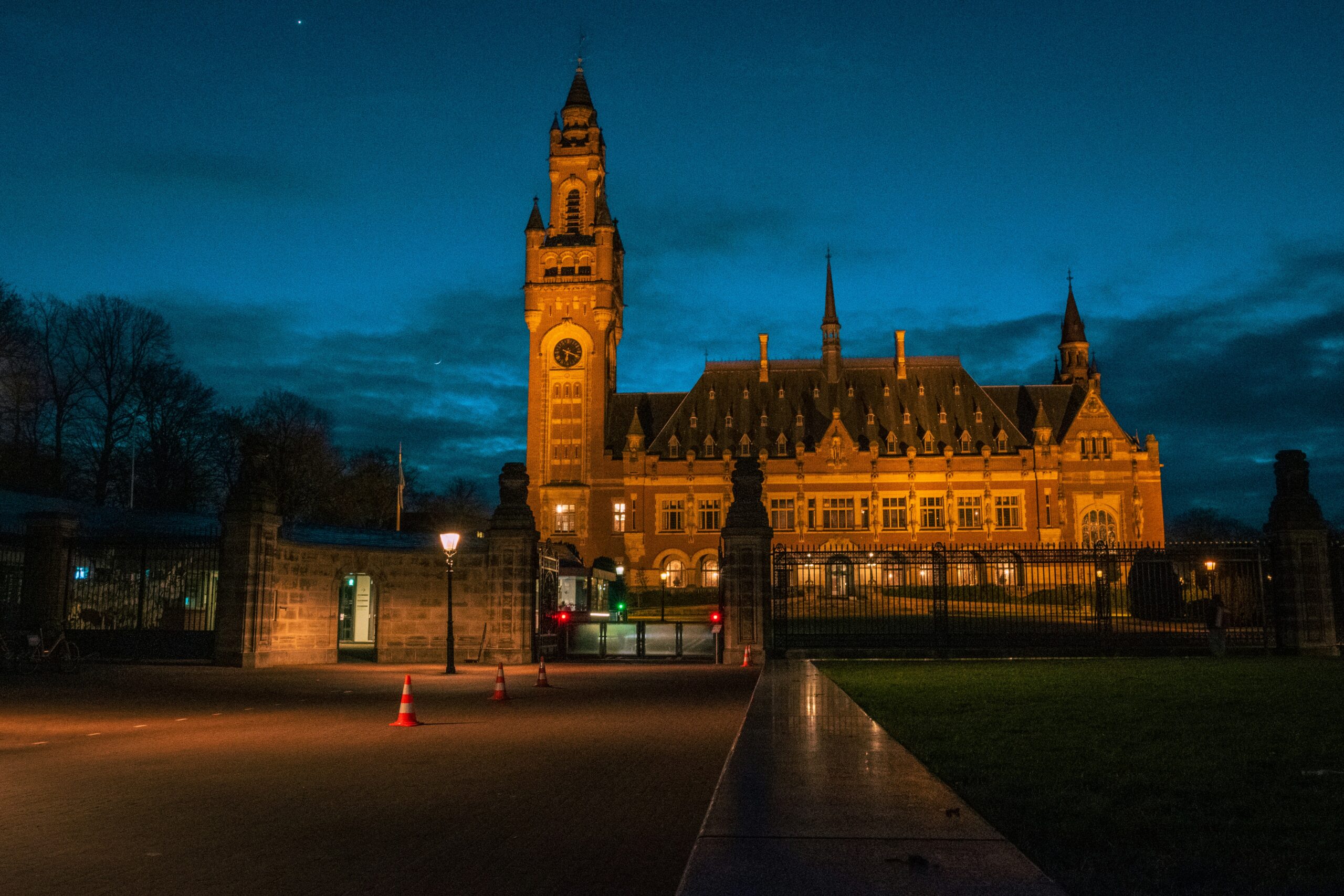KINSHASA, DRC — U.S. diplomats expressed genuine surprise this week after successfully brokering a preliminary peace treaty between the Democratic Republic of the Congo and Rwanda, with State Department officials describing the negotiations as “groundbreaking” and “completely unprecedented” in their use of what experts call “basic diplomatic principles.”
The peace agreement, reached with Qatari support, officially ended the armed conflict that began in 2022 — a resolution that came after American negotiators discovered what they characterized as “innovative approaches to conflict resolution” such as “asking both sides what they want” and “finding solutions that work for everyone.”
“Through extensive analysis, we determined that wars typically end when the people fighting agree to stop fighting,” explained Special Envoy Dr. Sarah Martinez during a press conference at the State Department. “This insight enabled our breakthrough in peace facilitation methodology.”
The diplomatic success reportedly emerged from what negotiators describe as “revolutionary communication strategies” including “listening to both parties” and “taking their concerns seriously” — approaches that sources say came as a genuine revelation to the American diplomatic team.
“Previous conflict resolution efforts focused primarily on telling both sides what they should do,” said lead negotiator Ambassador Marcus Chen. “Our innovation was asking them what they wanted to do and then helping them figure out how to do it without killing each other.”
The peace treaty addresses core issues that had fueled the conflict, including territorial disputes, resource allocation, and security concerns — problems that were resolved through what diplomats call “comprehensive multi-party dialogue” rather than “ignoring the underlying issues and hoping they resolve themselves.”
“We discovered that conflicts often continue because the fundamental disagreements haven’t been addressed,” explained regional affairs director Dr. Jennifer Walsh. “When we actually discussed these disagreements with both parties, solutions became much more apparent.”
The negotiation process included what State Department officials describe as “stakeholder-inclusive decision-making” — a sophisticated term for “involving the people affected by the conflict in decisions about ending the conflict.”
“Rather than developing peace terms in Washington and imposing them on both parties, we let the Congolese and Rwandan governments participate in designing their own peace agreement,” said diplomatic coordinator Lisa Rodriguez. “This approach proved surprisingly effective at creating solutions both sides could accept.”
The breakthrough came when American negotiators realized that both governments had legitimate security and economic concerns that could be addressed through cooperative rather than adversarial approaches.
“Both sides wanted peace, but they also wanted their concerns taken seriously,” noted peace process analyst Dr. Bradley Morrison. “Once we started treating their concerns as legitimate rather than obstacles to overcome, negotiations progressed much more rapidly.”
The agreement includes provisions for joint security operations, shared resource management, and coordinated development projects — solutions that emerged from what diplomats call “collaborative problem-solving” rather than “zero-sum competitive negotiation.”
“Previous approaches assumed that if one side got what it wanted, the other side had to lose something,” explained conflict resolution specialist Dr. Amanda Foster. “Our innovation was exploring whether both sides could get what they needed without preventing the other from getting what it needed.”
The success has prompted what State Department officials describe as “comprehensive review of diplomatic methodology” to determine whether similar “collaborative negotiation techniques” might be applicable to other international conflicts.
“We’re investigating whether this ‘listening to both sides’ approach might work in other contexts,” said Secretary of State Marco Rubio during a briefing titled “Innovative Applications of Traditional Diplomatic Practice.”
The Congo-Rwanda agreement also demonstrates what experts call “sustainable peace architecture” — treaties designed to address underlying causes rather than just immediate symptoms of conflict.
“Many peace agreements fail because they stop the fighting without addressing why the fighting started,” noted international relations professor Dr. Rachel Kim. “This agreement succeeded because negotiators actually dealt with the fundamental disagreements that caused the conflict.”
The diplomatic team acknowledged that their success required what they call “patient engagement” — spending time understanding each party’s perspective rather than rushing to impose predetermined solutions.
“Effective diplomacy apparently requires actually caring about what both sides want rather than just getting them to stop bothering us,” admitted one senior negotiator who requested anonymity. “This was a significant shift from our usual approach to international problem-solving.”
The peace treaty has been praised by international observers as a model for what conflict resolution can accomplish when diplomats “remember that their job is facilitating agreements rather than imposing solutions.”
At press time, the State Department was reportedly exploring whether similar “innovative diplomatic approaches” might be applicable to other international disputes, with preliminary research focusing on whether “listening to people” might be useful in additional contexts.
—

